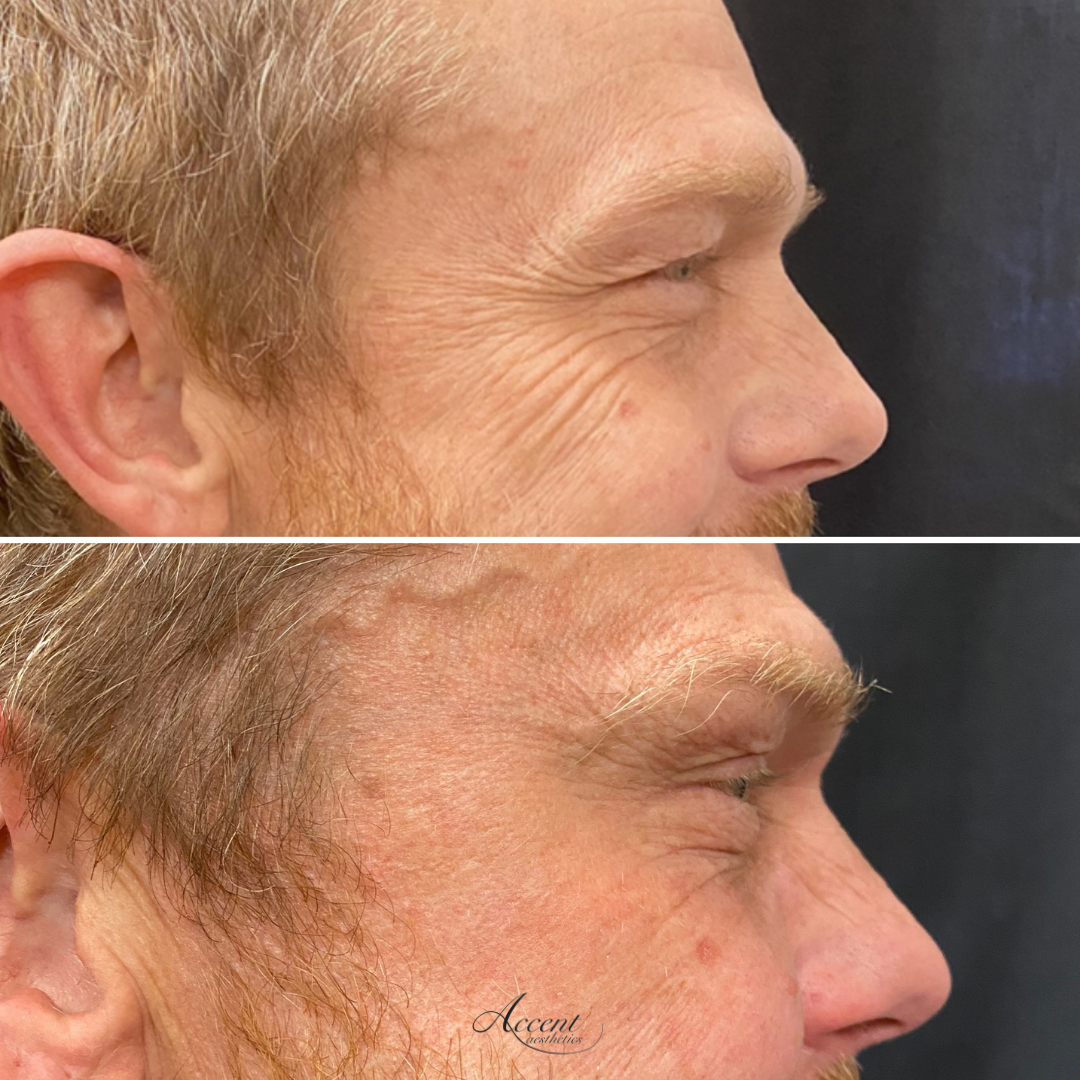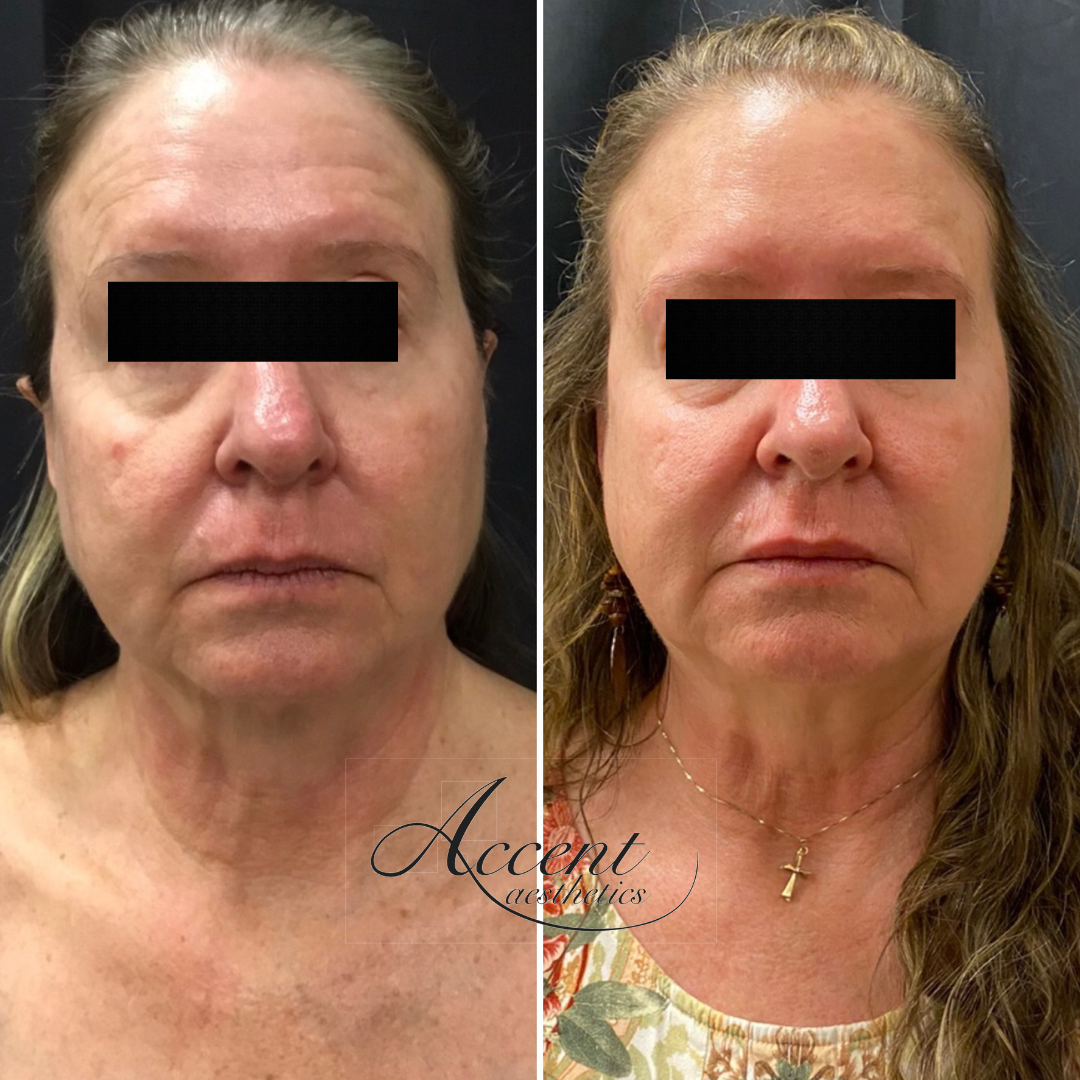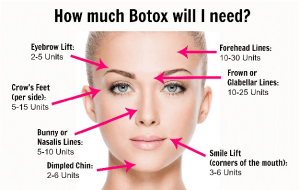PRP vs. PRF
By now you’ve probably heard of PRP, or platelet rich plasma, in either an orthopaedic setting or used for the famous “Vampire Facial”, but what exactly is this new PRF? PRP vs PRF
PRF stands for platelet rich fibrin, and is the second generation, new and WAY improved version of PRP. Our bodies have amazing healing and regenerative properties, and PRF seeks to take advantage of these. When used in aesthetics, it is an all natural way to reverse visible signs of aging.
How Does it Work?
When blood is spun it is separated into layers based on density- red blood cells, white blood cells/platelets, and plasma. The majority of our body’s healing capabilities lie in the white blood cell/platelet layer (buffy coat) and plasma layer. When we collect the plasma and buffy coat layers, that is called PRP or PRF depending on the tubes used to spin the blood (more on that below).


The first step in our body’s healing process is the formation of a fibrin clot matrix, followed by the recruitment of growth factors to help form new blood vessels, new cells, new collagen, and overall new healthy tissue. The half life of growth factors is very short, we are talking 6-8h, whereas a clot lasts a few weeks to a few months and releases growth factors continuously over that time period. So where does PRP vs PRF fit into all of this?
PRP vs PRF – What’s The Difference?
The only meaningful difference between PRP and PRF is the tubes used to collect them. PRP utilizes tubes with anticoagulants, whereas PRF tubes have no chemical additives. Anticoagulants are chemicals that keep blood from clotting, which is great when we want to send your blood to a lab and it needs to stay liquid for a long time, but is the absolute worst if we are trying to utilize your blood for the healing properties, as the formation of the clot is the first and arguably one of the most important steps in the healing process! So because PRP tubes have anticoagulants, no clotting factors make it into what is injected- you only get the growth factors, which are beneficial, but again only last a few hours on their own. Not much time to aid in any sort of healing or regeneration. PRF tubes on the other hand have nothing in them, so you not only get the growth factors for immediate help but also the clotting factors, which again release additional growth factors slowly over the next few weeks for the full healing spectrum!
So now you can see why PRF is the new and improved version of PRP, because why settle for just a few hours of growth factors with PRP when you can get weeks of your body’s full healing capabilities with PRF!
There are many ways PRF is used in aesthetics. It may be used as a liquid- injected directly into fine lines/wrinkles/other problem areas, microneedled into skin, or mixed with other products such as Radiesse or Sculptra. This may improve collagen/elastin formation, blood flow, healing of skin from inflammatory lesions such as acne, etc. PRF may also be heated and used as a solid (biofiller)- injected directly into areas where traditionally an HA filler (or other types of fillers) would be used to both improve volume and stimulate your body’s own collagen/elastin response in that area.
If you’re ready for a truly all natural way to reverse and prevent aging and other aesthetic concerns, come in for a consult today so we can see what PRF can do for you!
PRP vs PRF PRP vs PRF PRP vs PRF PRP vs PRF





